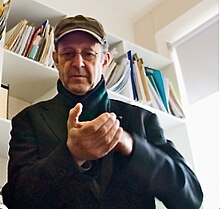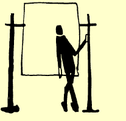"All musicians in the past, starting with the middle ages were interested in popular music. (...) Béla Bartók's music is made entirely of sources from Hungarian folk music. And Igor Stravinsky, although he lied about it, used all kinds of Russian sources for his early ballets. Kurt Weill's great masterpiece Dreigroschenoper is using the cabaret-style of the Weimar Republic and that's why it is such a masterpiece. Only artificial division between popular an classical music happened unfortunately through the blindness of Arnold Schoenberg and his followers to create an artificial wall, which never existed before him. In my generation we tore the wall down and now we are back to the normal situation, for example if Brian Eno or David Bowie come to me, and if popular musicians remix my music like The Orb or DJ Spooky it is a good thing. This is a natural normal regular historical way." —From an Interview with Jakob Buhre
Although Reich has been cited as major influence by many electronic musicians, he actually seldom used typical electronic instruments in his compositions such as the synthesizer. When he uses a loop, he loops human voices and acoustic sounds. To me that's one of the reasons that makes his music constantly interesting. Here's the Spotify playlist: Steve Reich: A Chronological Playlist (238 tracks, total time: 1 day) And below is an excellent UK documentary charting Reich's career.





